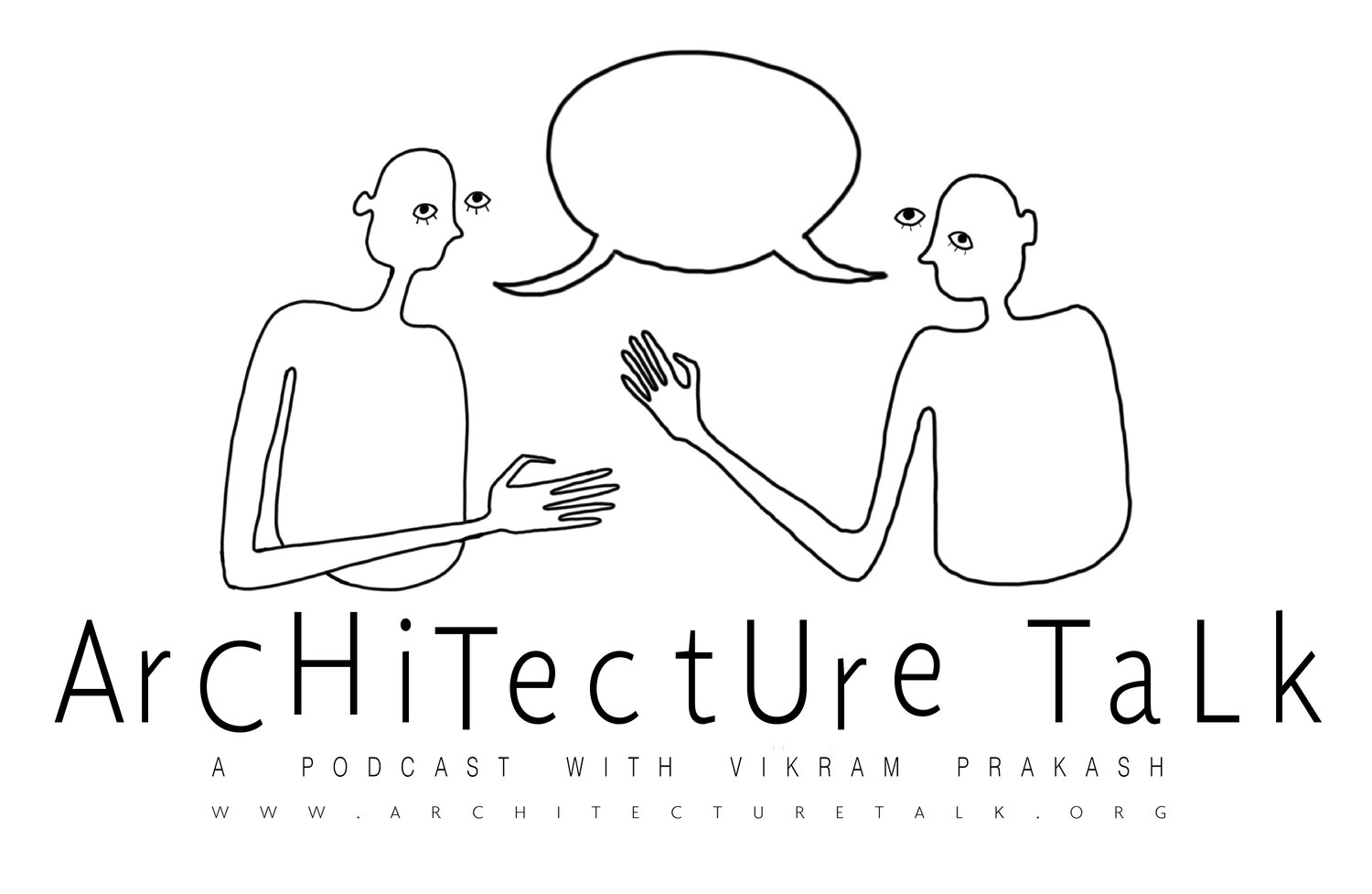119. Oracular Visions and Fungal Futures with Mark Jarzombek
Original Drawing by Tori Haynes
“I think that visions are a way out… Oracles don’t give you wholesale futures, they give you a particular future for a particular moment, for a particular person, for a particular city, in other words, it’s very tactical.”
Mark Jarzombek
The modernist legacy has helped proliferate the current environmental crisis on a global scale. In architecture, what is to be done to address this civilizational problem? Could oracular visions be a way to rethink how we practice and teach architecture? Join us for this week's conversation with Mark Jarzombek, professor at MIT and co-director of the Office of [Un]certainty Research.
Timestamp Outline
1:14 Introducing today’s topic: the environmental crisis…what is to be done?
2:10 a followup to Mark’s recent lecture at the UW called Future Visions: Dislocations
3:10 sustainability within architecture has often been approached through technological innovation. Mark and Vikram discuss alternatives to this approach.
3:40 Vikram summarizes Mark’s recent talk: “the idea of future visions is already pre-embedded within a modernist ethos which reposits faith in persistent human ability to produce fixes or solutions to any problem and that that is a solution-based way of thinking which is part of our problem…it has produced the problem we are in…yes, it’s a crisis, but it’s an ongoing crisis…instead of jumping to ‘what is the next best future vision you can come up with,’ perhaps we, as architects, as architectural thinkers, as concerned environmental thinkers, perhaps we should pause, slow down, and see what other modalities there are in which to think about this question.” VP
5:30 “I Would say there are three things we need to be careful of: one is the technocentric solution which is largely sustainability; then there’s heavenismo which is a type of a glorious ascetic future, the moon project, NASA, Space-X, where you don’t have to worry about the here and now because we’re gonna eventually figure it out…this is the trap of monotheism; the third is future porn, which is the rush to come up with the biggest and best and most glorious disasters that we can possibly imagine. So these are the three powerful lures and modus operandi that can easily confuse us…how can we as humble little architects beat any of that?” MJ
7:55 “What does ‘slowing down’ look like?” VP
8:00 Donna Haraway and the concept of Staying with the Trouble.
8:45 “We don’t stay long enough, in architecture school, with the trouble. We want to design our way out of it, even though we design our way in to the trouble…we have to accept complexity and ambiguity and not try to ‘solve’ the complexity.” MJ
10:30 “While a broad leftist critique is ‘on the money,’ the classic leftist/marxist position seems to assume that there is still heavinismo around the corner if only we could topple the corporations….while that might be true, we also have to take stock of the fact that this is also a civilizational problem, a modernism problem and nobody is not in modernism.” VP
12:30 “I think that visions is a way out. That’s why I was interested in relating visions to oracular understanding. Oracles don’t give you wholesale futures, they give you a particular future for a particular moment, for a particular person, for a particular city, in other words, it’s very tactical.” MJ
13:30 “Oracular visions are stitch-like…you don’t see the whole thread, you see a single stitch and it disappears in the fabric…you’re not sure where it goes.” MJ
17:00 Discussion of Hegelian thinking.
20:50 footwork thinking: “Architecture is the medium by which the idea of hardwork becomes visible…” MJ
22:00 “Does this imply the end of architecture? Do we need to rethink architecture?” VP
24:30 Anna Tsing and the Matsutake mushroom
28:26 “We can use architecture to understand our connectivities.” MJ
31:22 “Does the university look very different in this world? What does a fungal university look like?” VP
34:15 “...I’m talking about a very basic expansion of human consciousness through geographies and through materialities.” MJ
37:00 questioning institutional knowledge…what are the alternatives? What could research look like if you listen to the trees?
40:00 discussion of architectural pedagogy
47:00Anarchism as a political questioning and reading of our institutions







